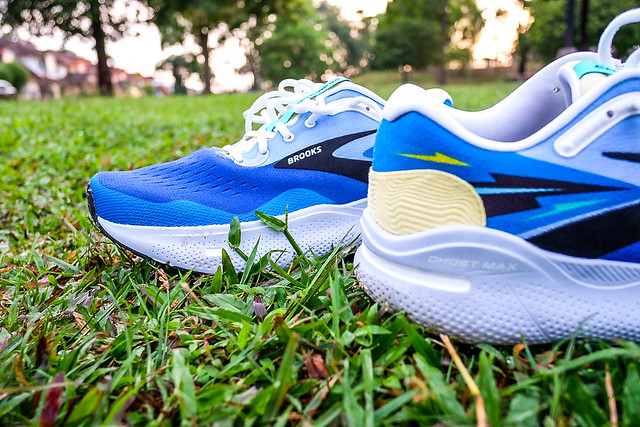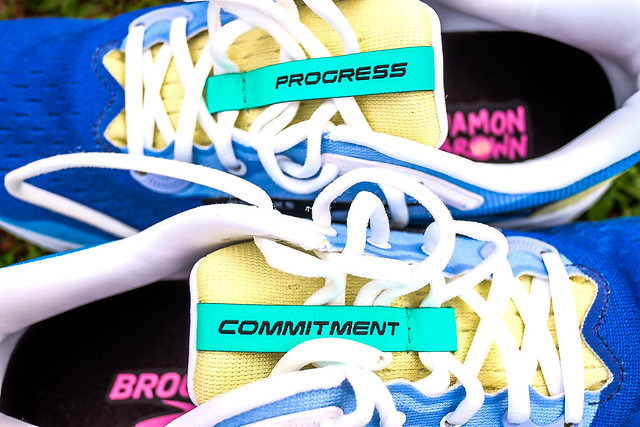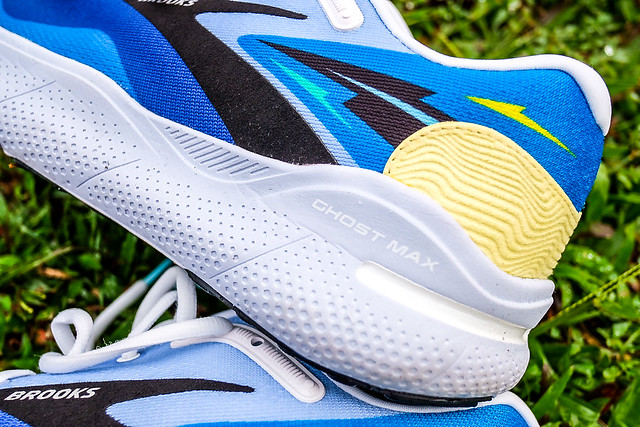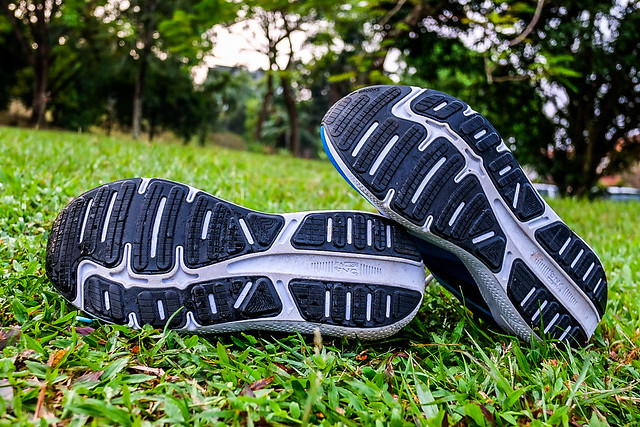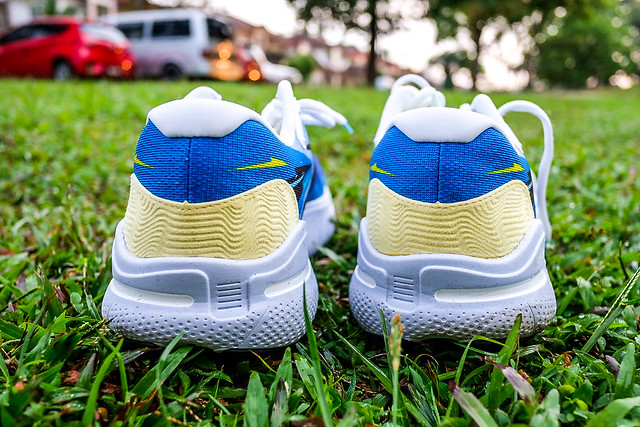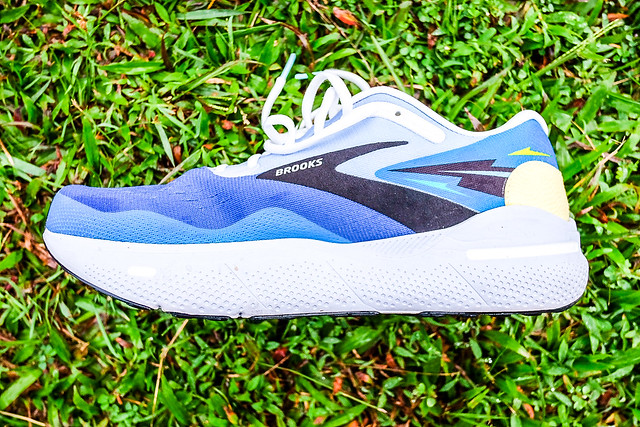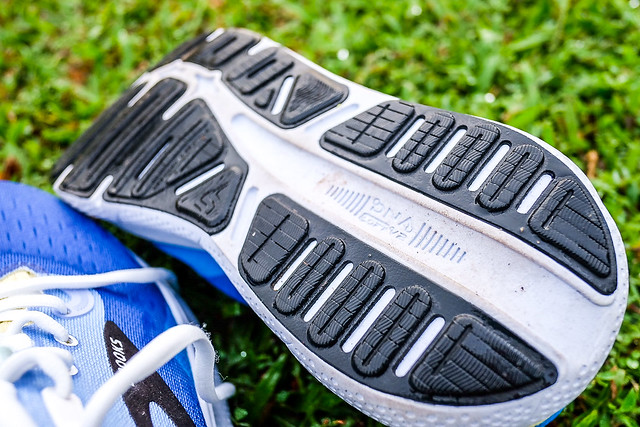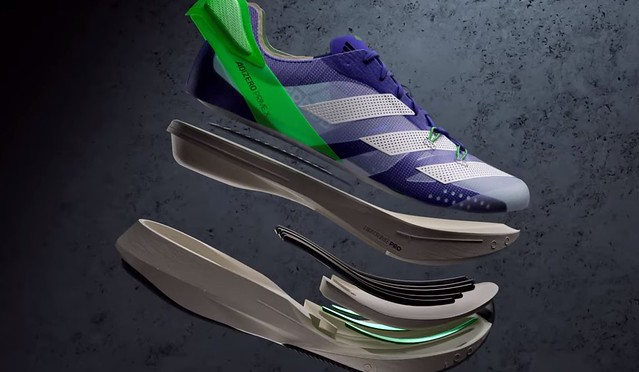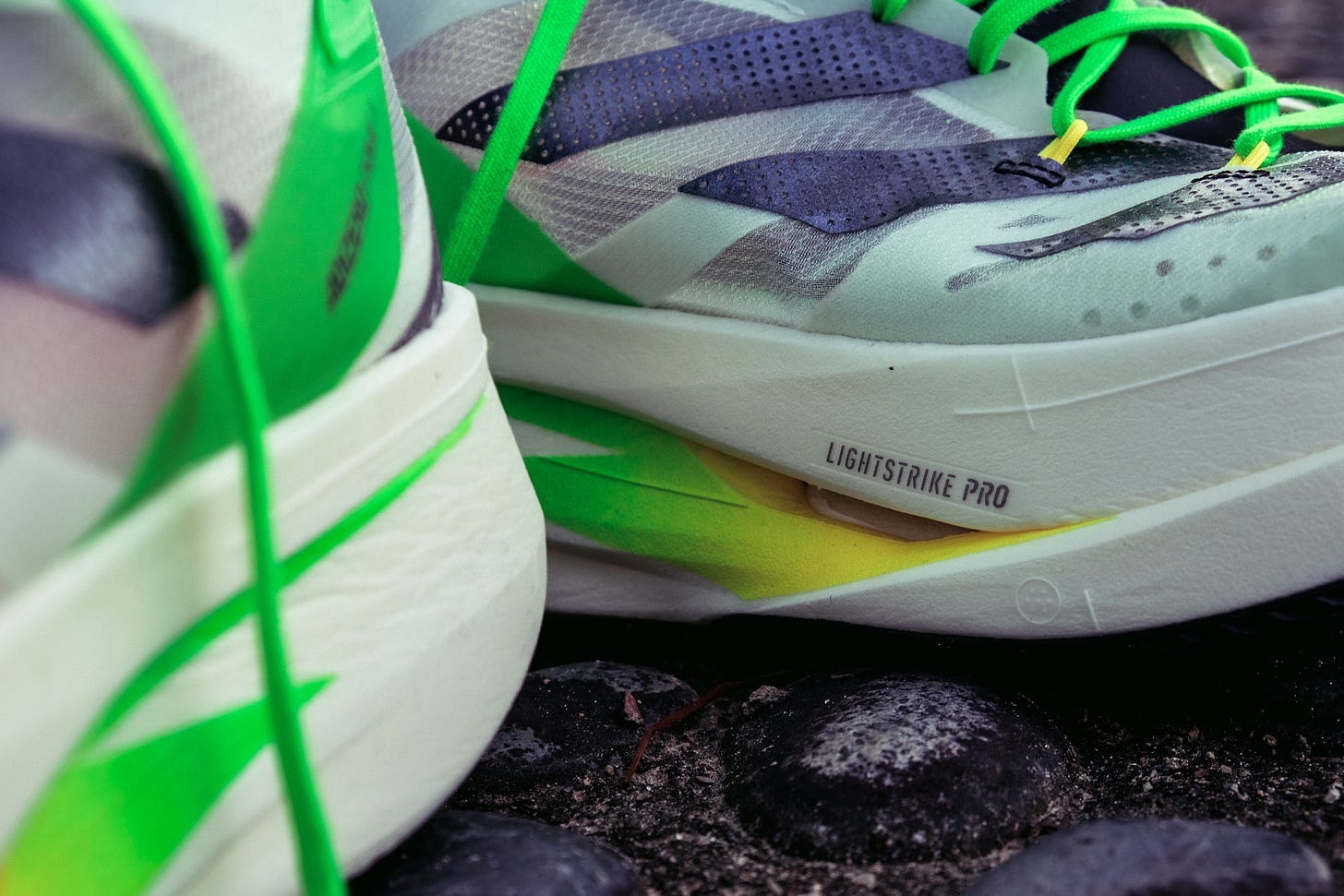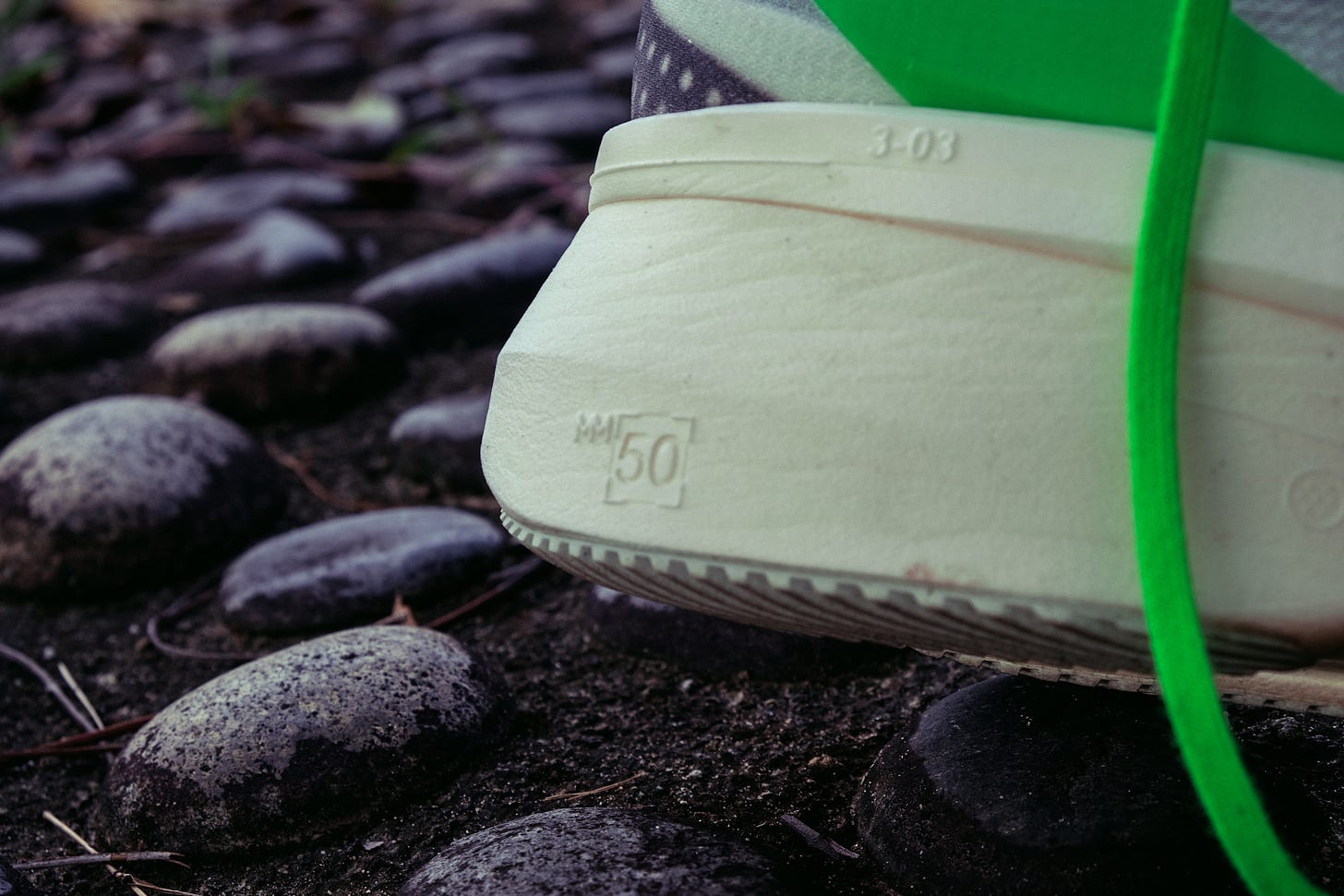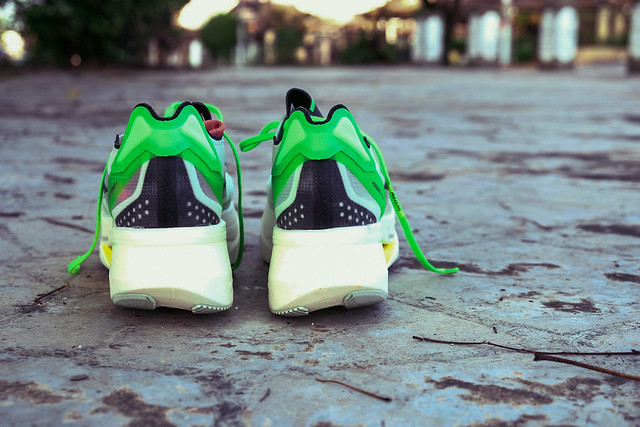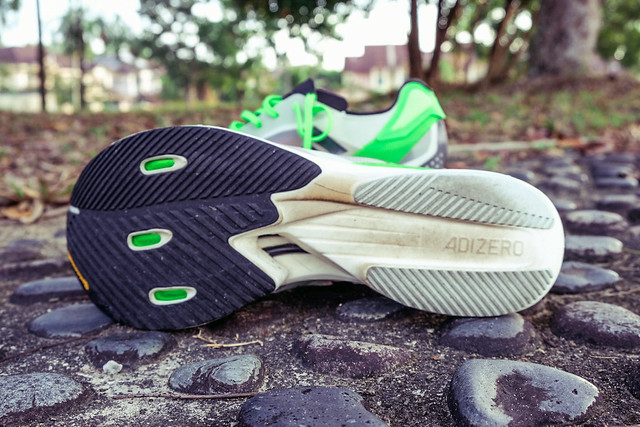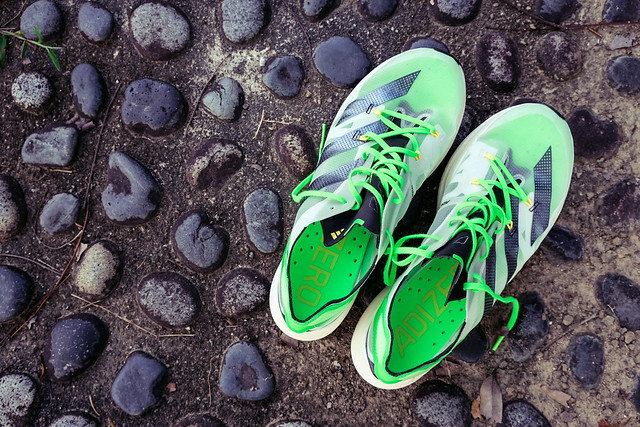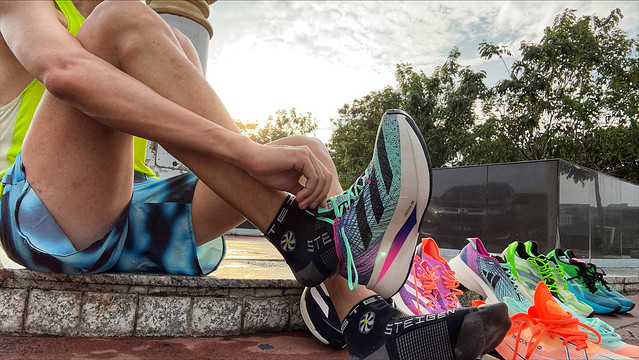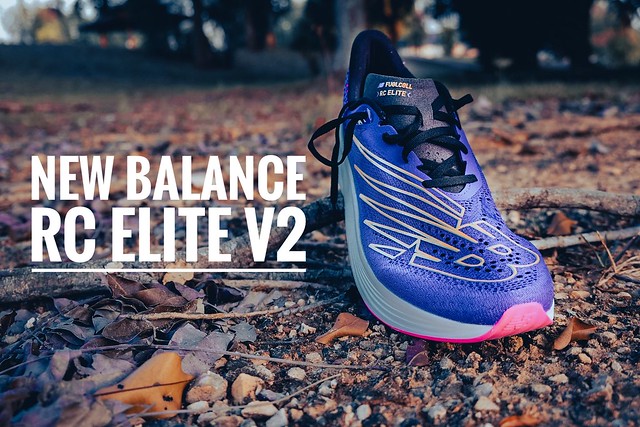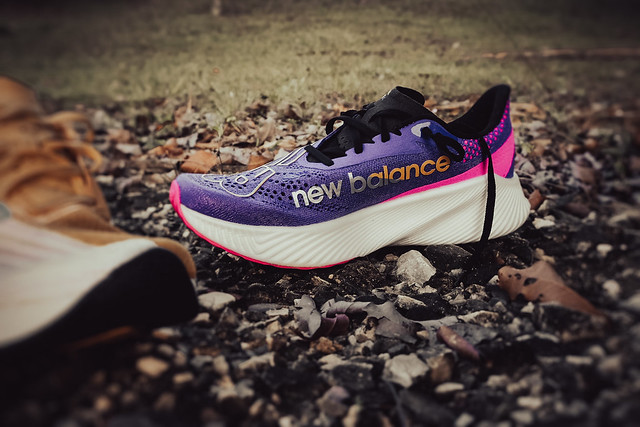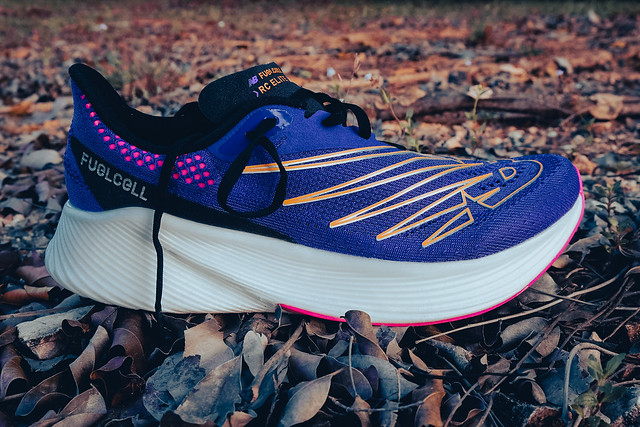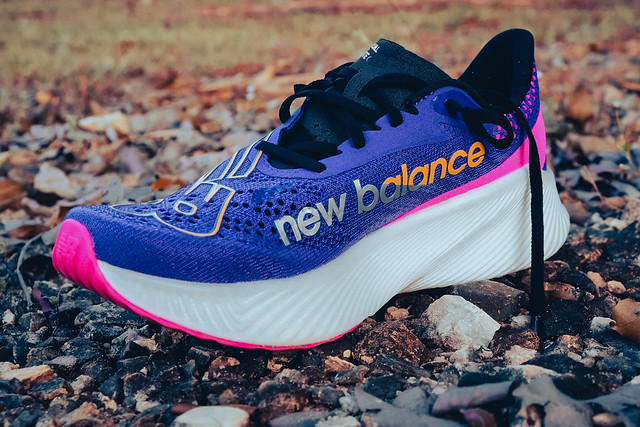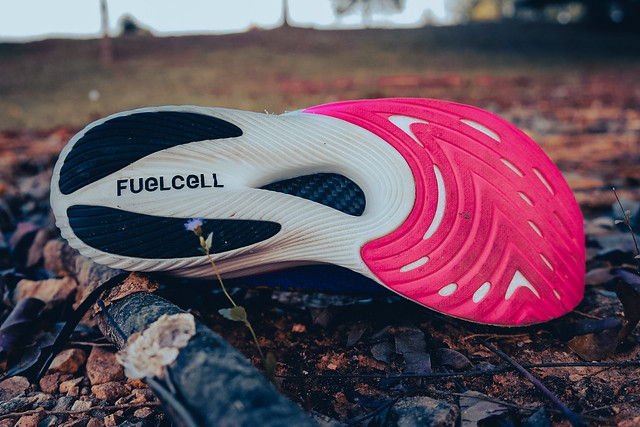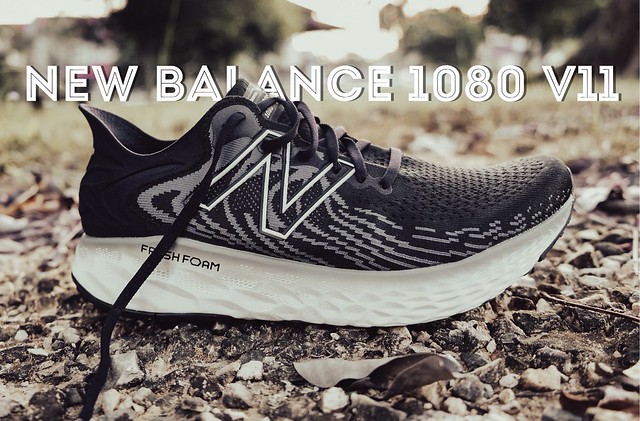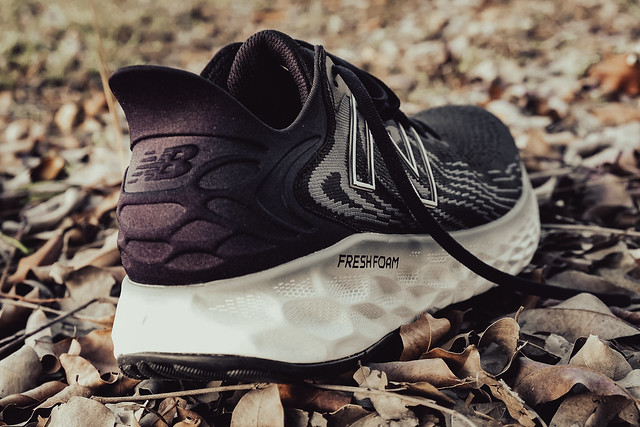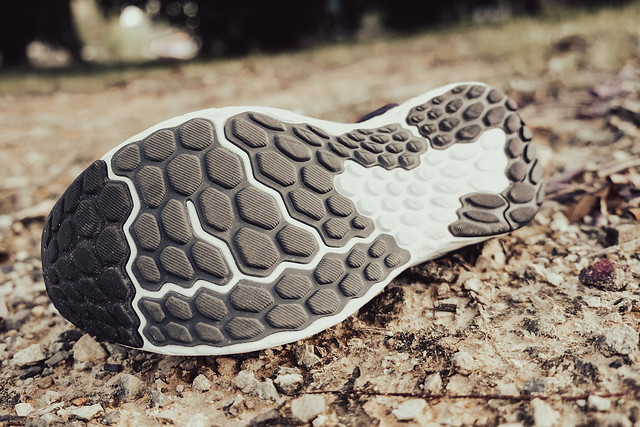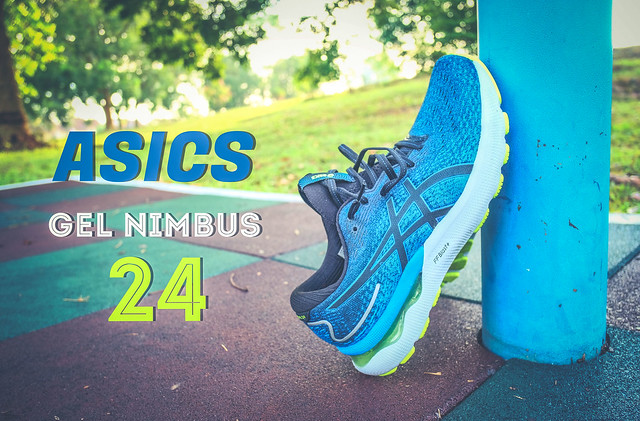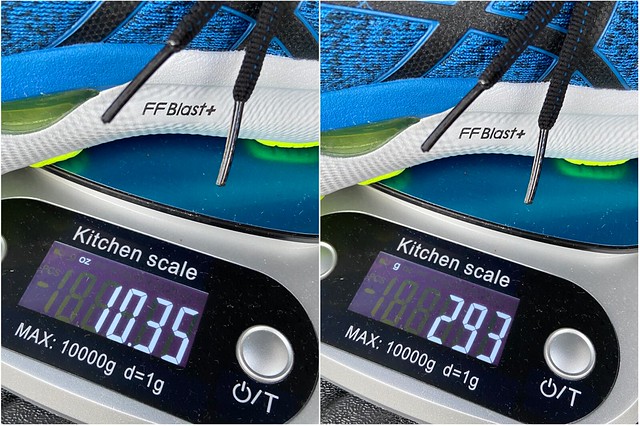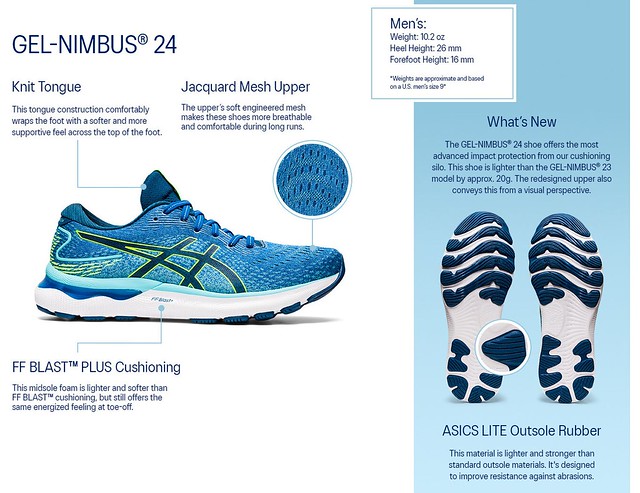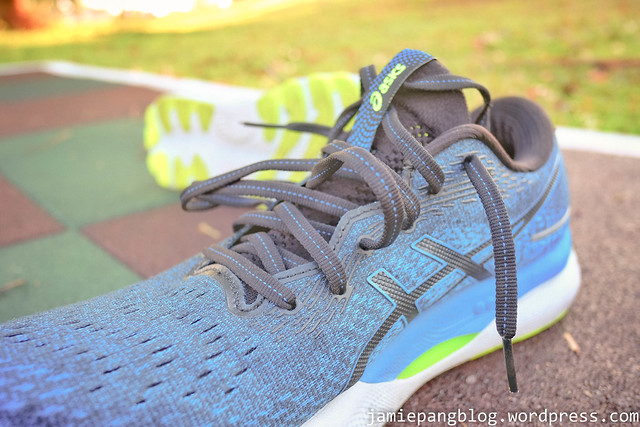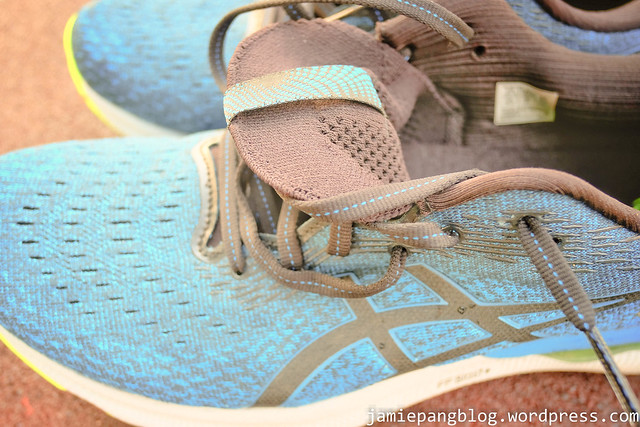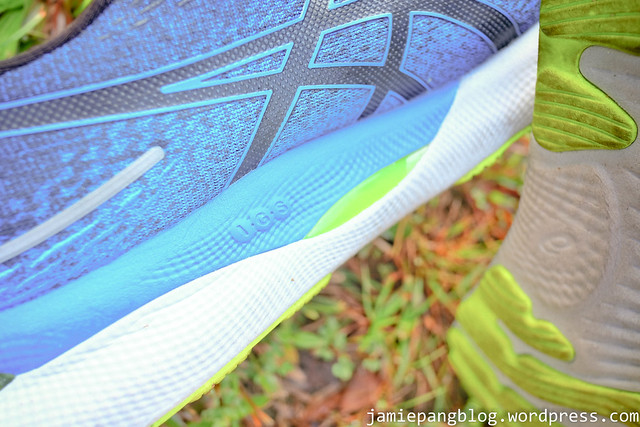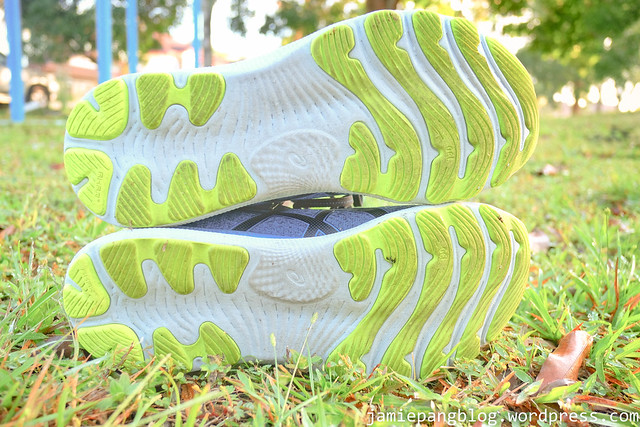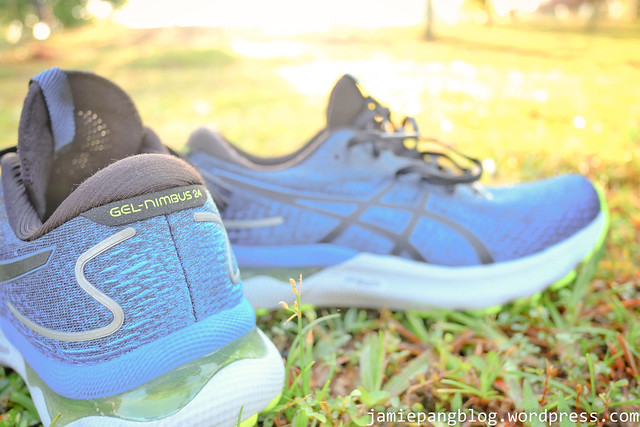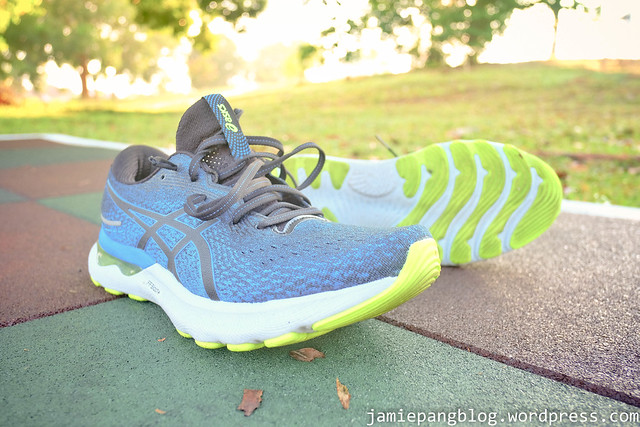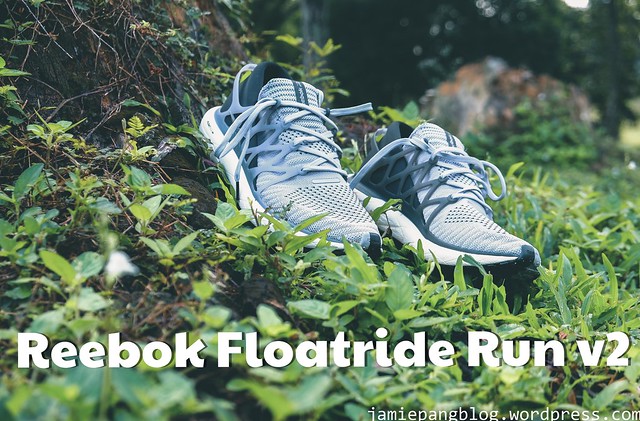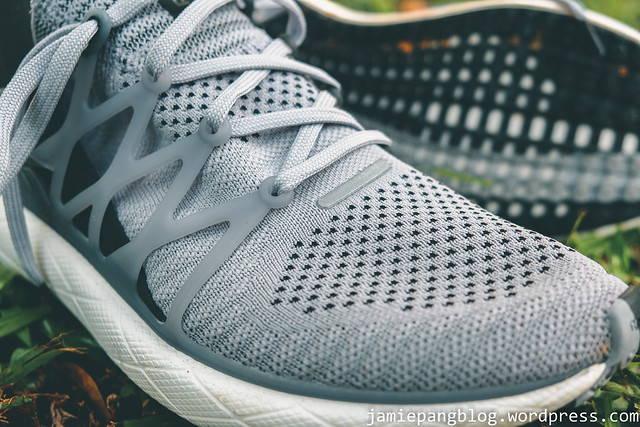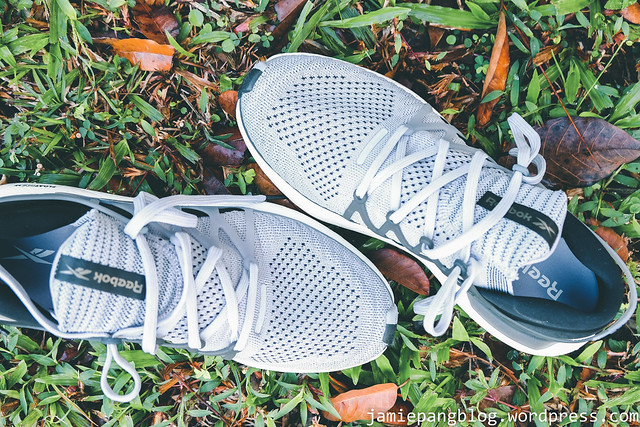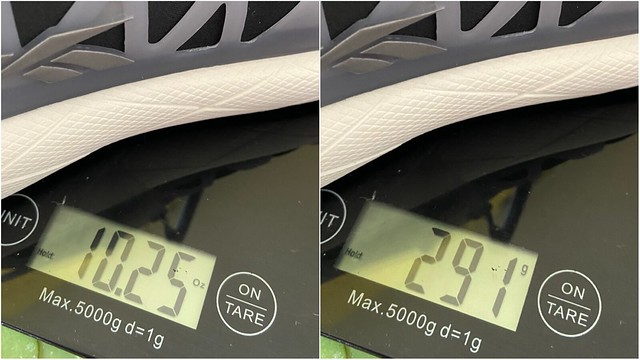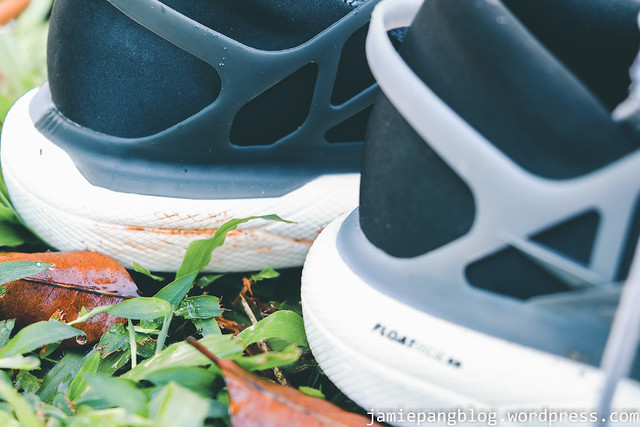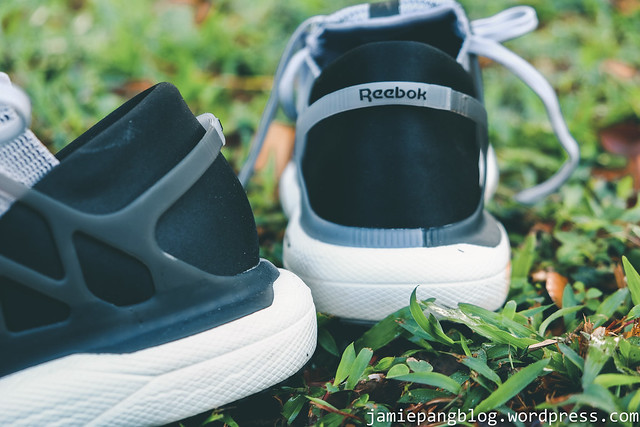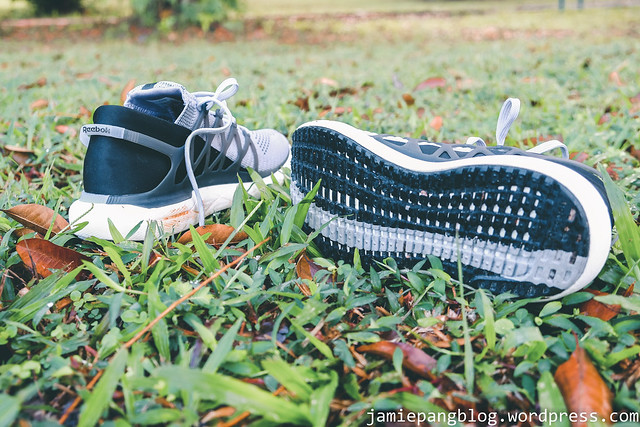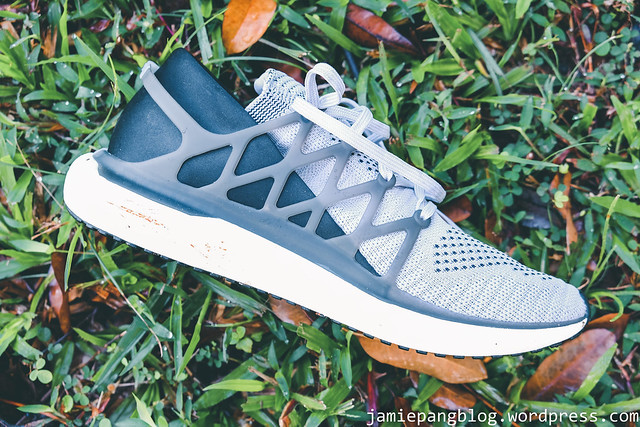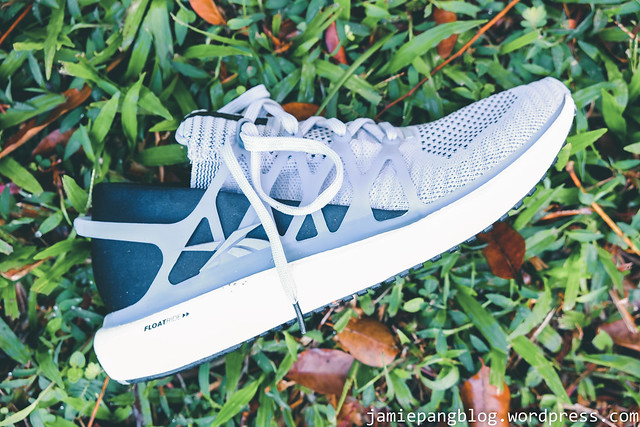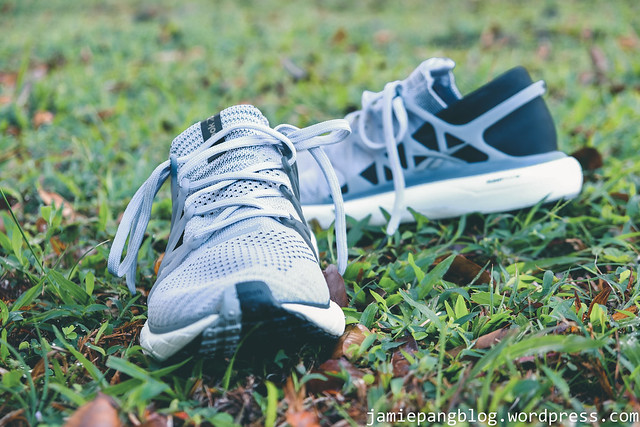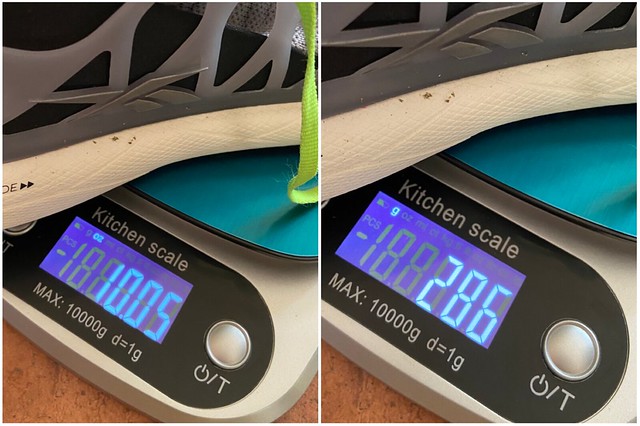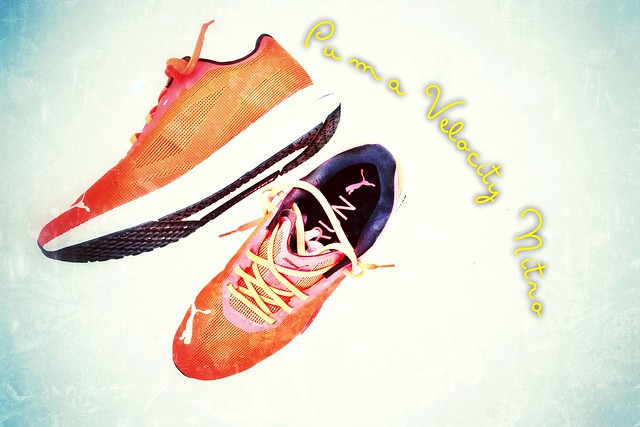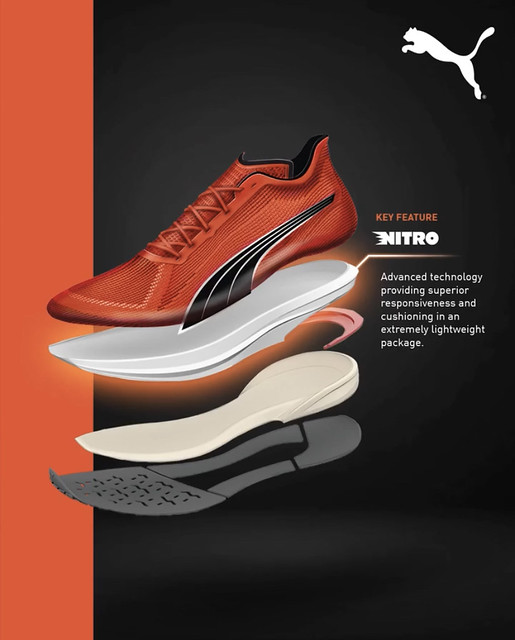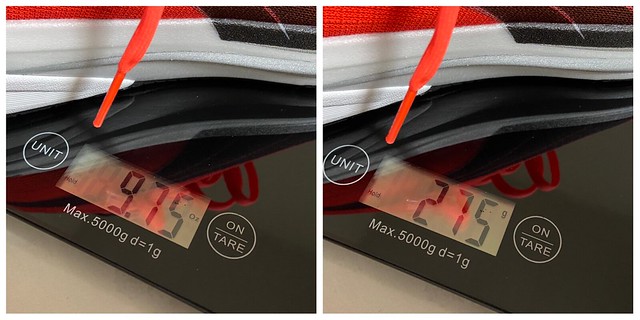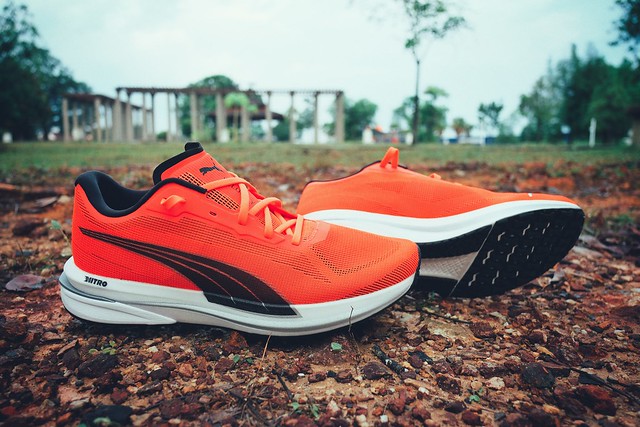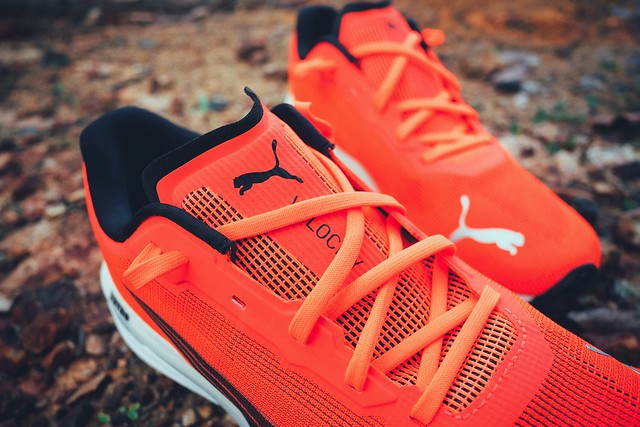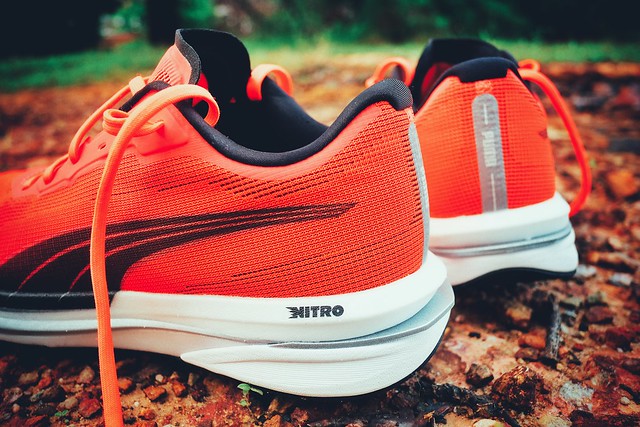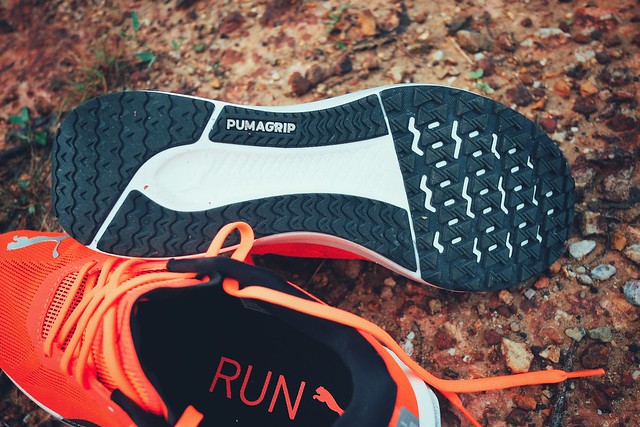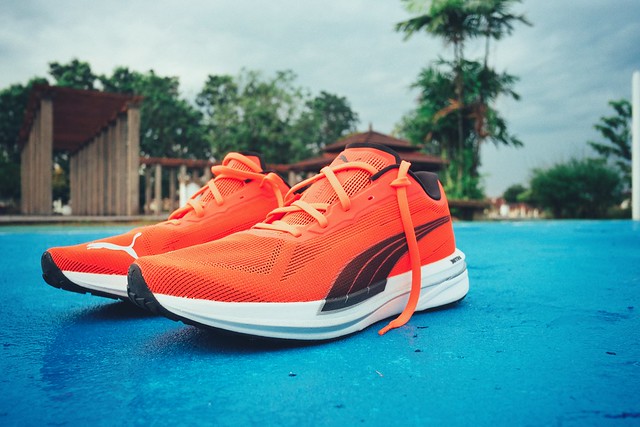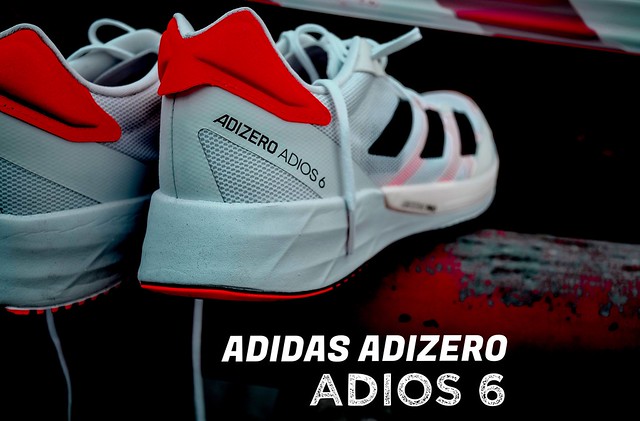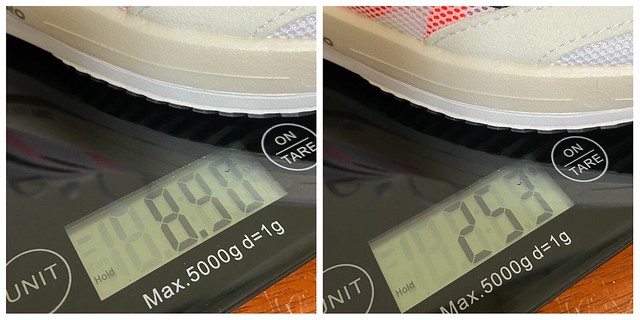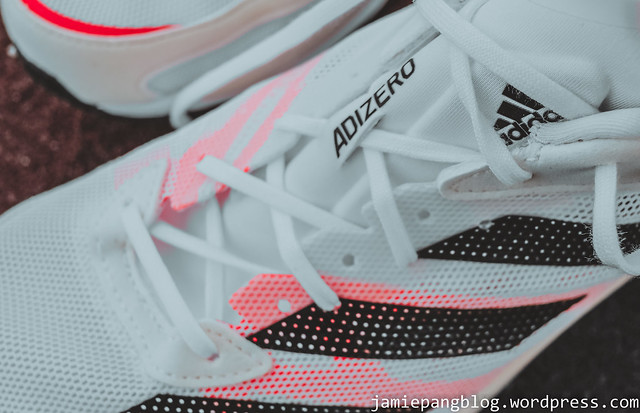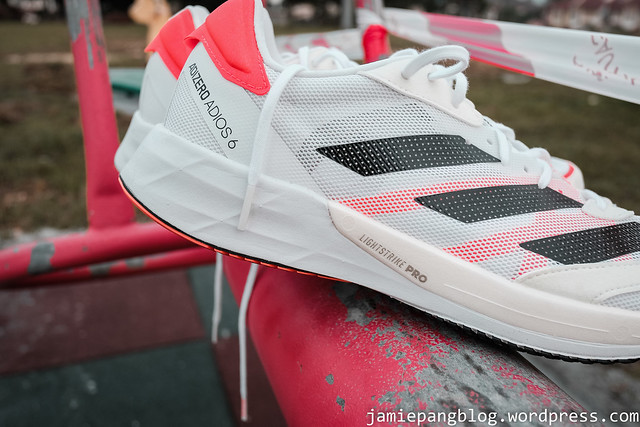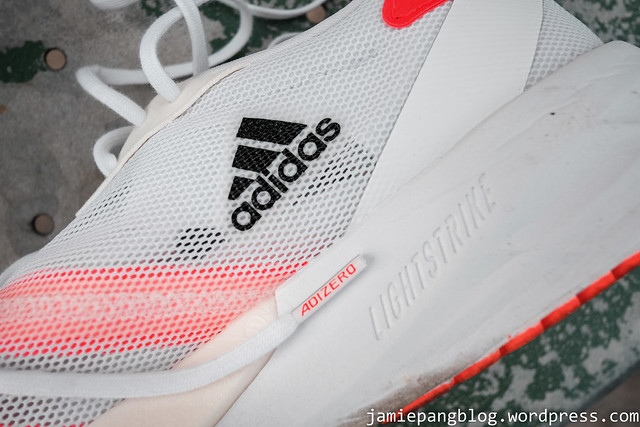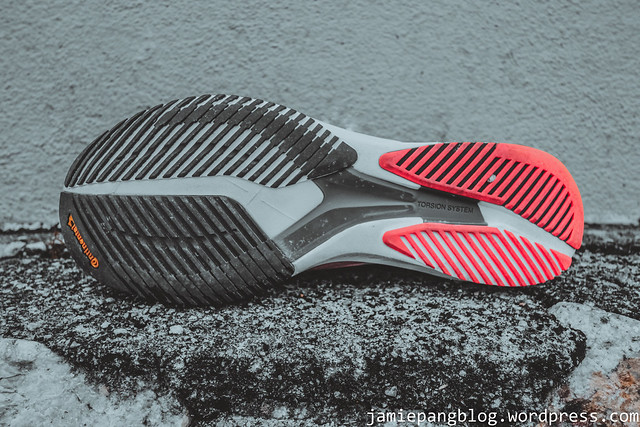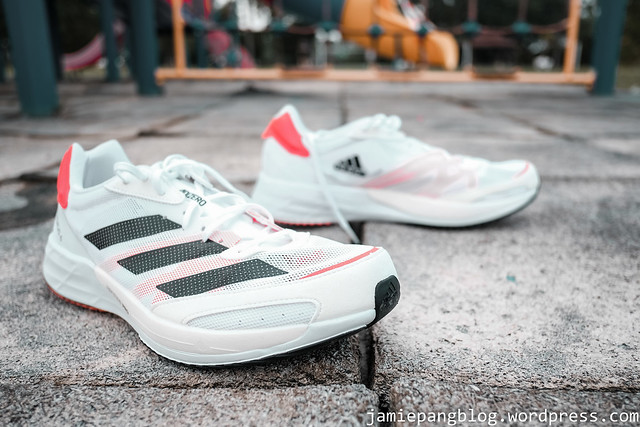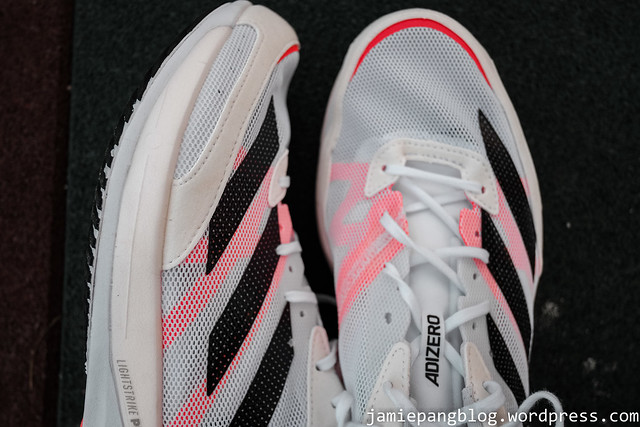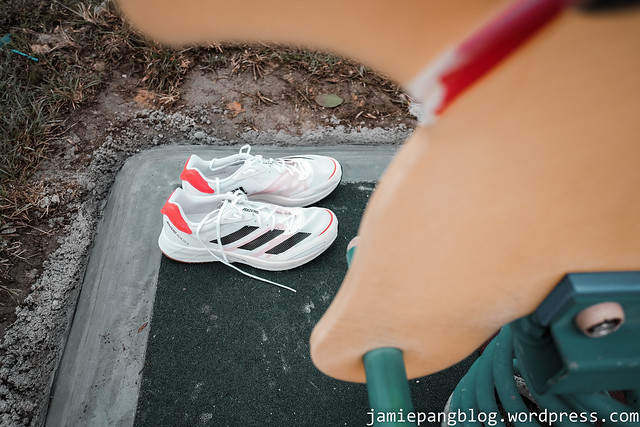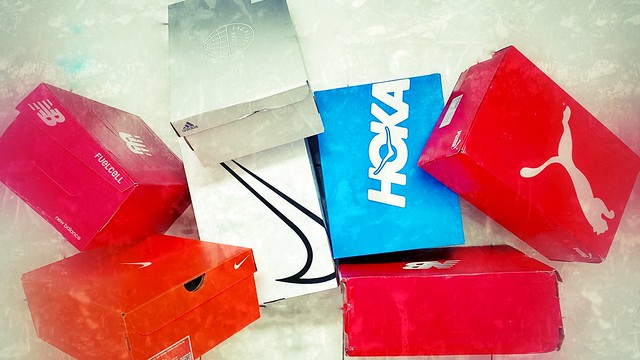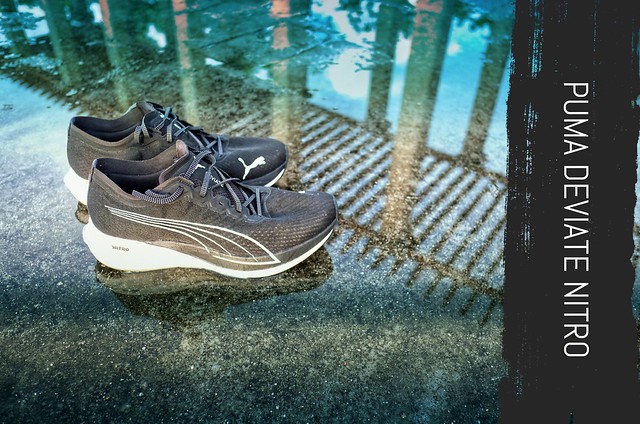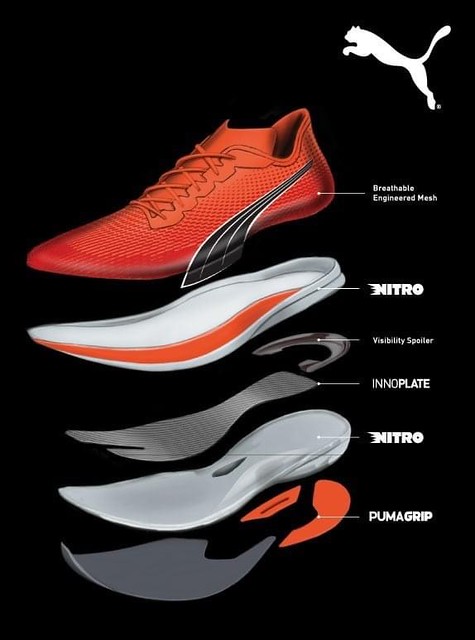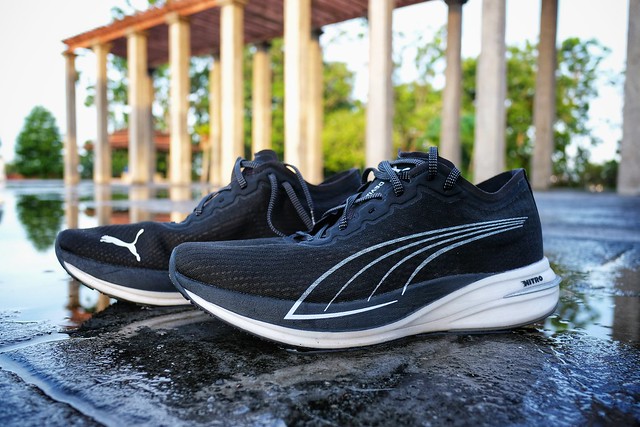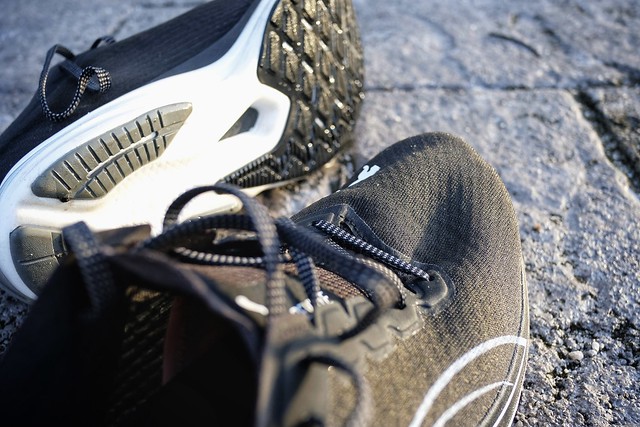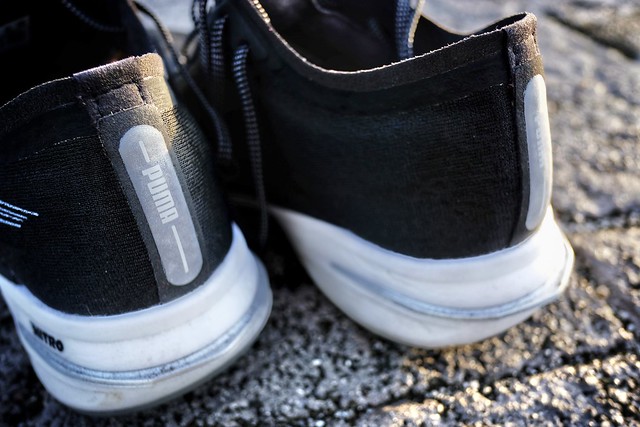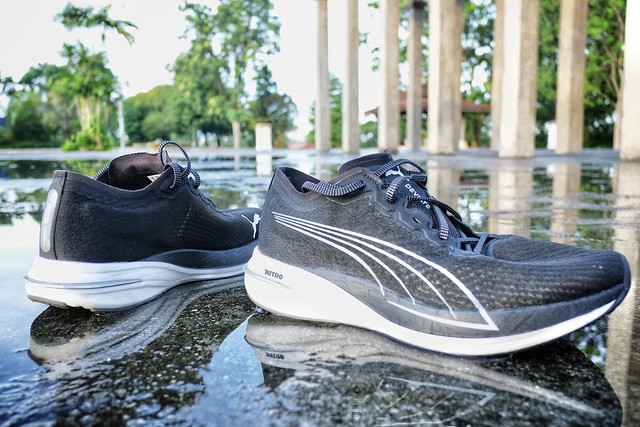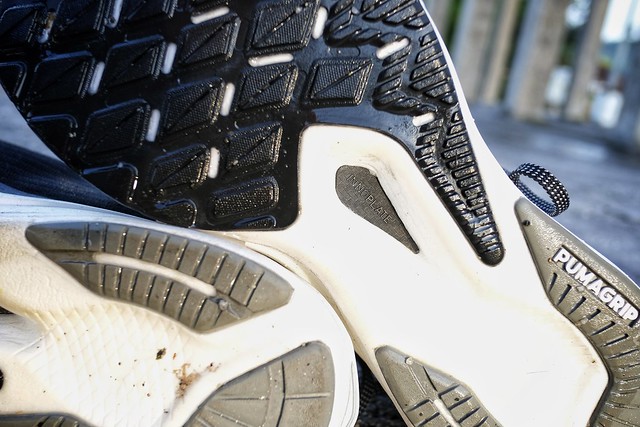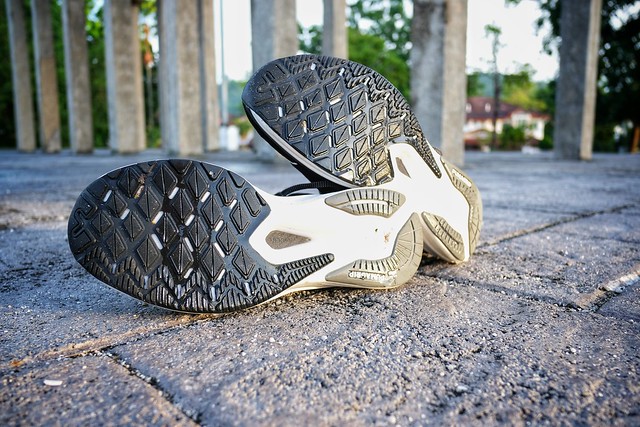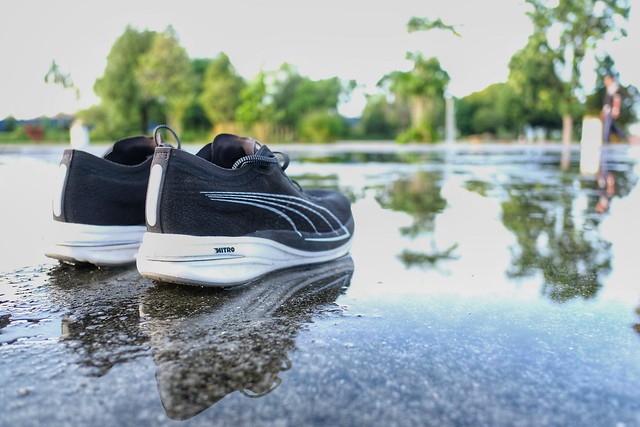Brooks Ghost Max (Limited Edition) After 50KM
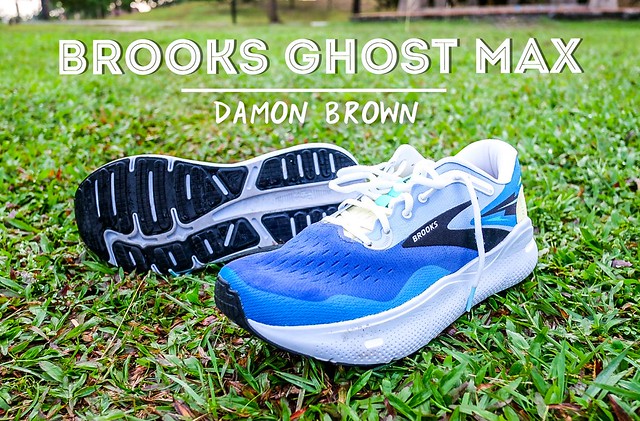 The last pair of Brooks I’ve laced up was the Ghost 14 which I was personally not impressed with. The single density DNA Loft midsole was very firm and the ride was not engaging at all. When Paragon Vest, the authorized distributor for Brooks in Malaysia, offered to send me a pair of Ghost Max, my curiosity was sufficiently piqued. I’m game for any “Max” shoes. Will the updated version of DNA Loft still be as firm? I’ve logged 50km in the Ghost Max and I think I now know where they fit in one’s rotation.
The last pair of Brooks I’ve laced up was the Ghost 14 which I was personally not impressed with. The single density DNA Loft midsole was very firm and the ride was not engaging at all. When Paragon Vest, the authorized distributor for Brooks in Malaysia, offered to send me a pair of Ghost Max, my curiosity was sufficiently piqued. I’m game for any “Max” shoes. Will the updated version of DNA Loft still be as firm? I’ve logged 50km in the Ghost Max and I think I now know where they fit in one’s rotation.
First the specs and how they fit. The Ghost Max comes with a stack height of 39mm/33mm for a 6mm drop. It weighs in at a moderately heavy 10.6oz in my US10 . I classified it as moderately heavy because midsole tech have evolved to a level where even the weight of max-stacked shoes have dropped to mid to very low 9 ounces. They fit true to size, although you may want to consider sizing down by 1/2, on account of the extremely roomy toe-box. There are ample room for my big toe to dorsiflex and wide enough to accommodate all my digits. The upper is traditional mesh and the stock laces are non-stretchy and certainly long enough for runners’ knot. No issues double-knotting too, and they never came undone throughout my weeks running in them. Once you’re laced up, you’re totally locked in without a hint of heel slippage either.
The overall use of padding is spot on – not too much, not too minimalist. I’d like to add that despite being non-gusseted, the tongue was well secured at all times. In the event one needed to be reminded on the whys, “Commitment” and “Progress” are prominently printed on the tongue loops. The vents on the mesh upper especially on the vamp work great in our hot and humid weather.
The insole is removable, so coupled with the roomy upper, the shoes can certainly accommodate the use of custom insoles such as Sole Active and also orthotics wearers.
Per the specs sheet, the Ghost Max has a GlideRoll Rocker but compared to, say the Saucony Endorphin lineup, it’s very mild. More on this in a bit. The midsole is a thick slab (39mm at the heel) of single density DNA Loft v2 which I’d say an improvement over the first version. Low-rise sidewalls on the posterior lateral and medial sides, and a semi-rigid heel counter overlay provide good heel lock-in and stability. There are visual nods to the Hydroflow days of yore. If you’ve been a running shoe geek in the ’80s and early ’90s, you’ll know what I meant. The width of the midsole is wide and coupled with a midsole that’s on the firmer end, you’re getting is a very stable shoe. The outsole has plenty of rubber coverage but there are sufficient cut-outs to lend some flexibility. The colourful upper on this special edition release aside, other aspects of the shoes lean towards the functional aspect.
Truth be told, having many shoes in my active rotation, I wasn’t immediately sold on the Max’s proposition when I first stepped into the shoes. Sure they are heavy, but I was slightly disappointed at how firm and uninvolving they felt the first couple of runs. Seeing that they require some breaking in, I wore them at every opportunity including on casual Fridays and on weekends out. Sure enough, as with the Brooks I’ve experienced in the past, they started showing signs of loosening up, if just a little (emphasis on “little”), after 25K or so (distance included the walks and wearing casually).
As one who weighs between 59-60kg and in Week 2 of marathon training, the Max’s use case has been mainly that of a daily trainer. Its versatility isn’t amazing due to the weight, therefore I’ve been limiting their use to easy miles of up to 70 minutes. I’ve taken the Max up to 5:25/km paces and they felt fine. There are shoes for longer distances and/or quicker paces. After 50km, the DNA Loft v2 midsole have noticeably softened up. Resilient cushioning is what you’ll get from the Ghost Max and there’s none of the mushy and sink-in feeling at all.
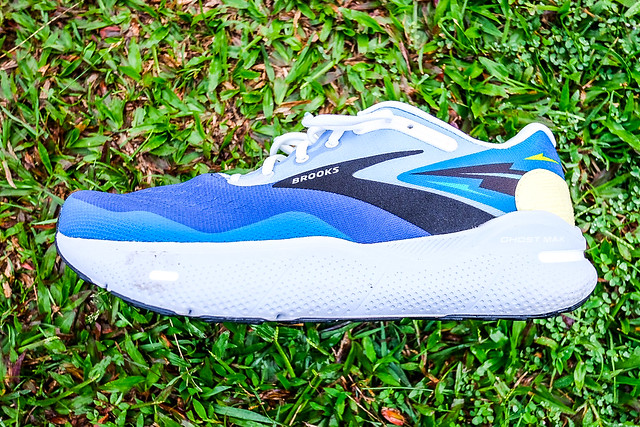
If you’re a heel striker, you may even feel a wee bounce as you bomb downhill. Foot plant feels assured and I’ve yet to slip on any surface I’ve managed to test the shoes on – be they wet or dry, sandy patches or road. As expected, the rubber outsole shows no signs of wear at this point and one should be able to get a return of 500km at least. There are no creases on the midsole too.
They’re excellent shoes for those who spend most of their days on their feet. Think warehouse or health workers and those in retail. Just last week, I had them on my feet for 5.5 hours as the family and I trawled the exhibition halls at a local mall.
I disagree in calling the Max boring because they aren’t. There’s a hint of fun in how they roll through your strides once they’re broken in. Heavier runners may even get a bit of a bounce from the resilient midsole. More importantly, there’s more than enough protection for those seeking a solid cushioned platform that’s stable and offers all-day comfort if your work requires that you spend lots of time on your feet. That’s more than what I can say for shoes of long-running series from other brands. I hope Brooks continue to tweak and modernize DNA Loft v2 and DNA Flash v2 (which is implemented in company’s performance and racing lineup).
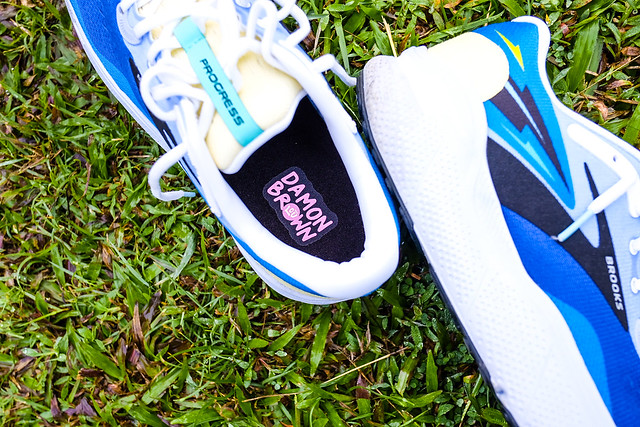
The Brooks Ghost Max (both the Limited Edition as well as the regular version) retails at RM659 and is available online and at all Brooks boutiques nationwide. The Brooks x Damon Brown Collection celebrate Black runners and the communities they’ve created for each other. Check out the designs by Seattle-based artist Damon Brown here.
Disclosure: The Brooks Ghost Max was provided to me for testing by Paragon Vest. I wasn’t paid to write this review and this is my honest review.
